What is dried dill? This guide answers exactly that and more. Dried dill is the dehydrated form of fresh dill herb (Anethum graveolens), offering a shelf-stable, versatile spice with unique flavor characteristics perfect for pickling, seafood, and more. Learn how to use it effectively in your cooking.
What Is Dried Dill?
Dried dill is the dehydrated form of the fresh herb Anethum graveolens, native to the Mediterranean and parts of Asia. The drying process preserves the herb while concentrating certain flavor compounds, creating a shelf-stable ingredient that maintains much of the herb's distinctive profile while extending usability.
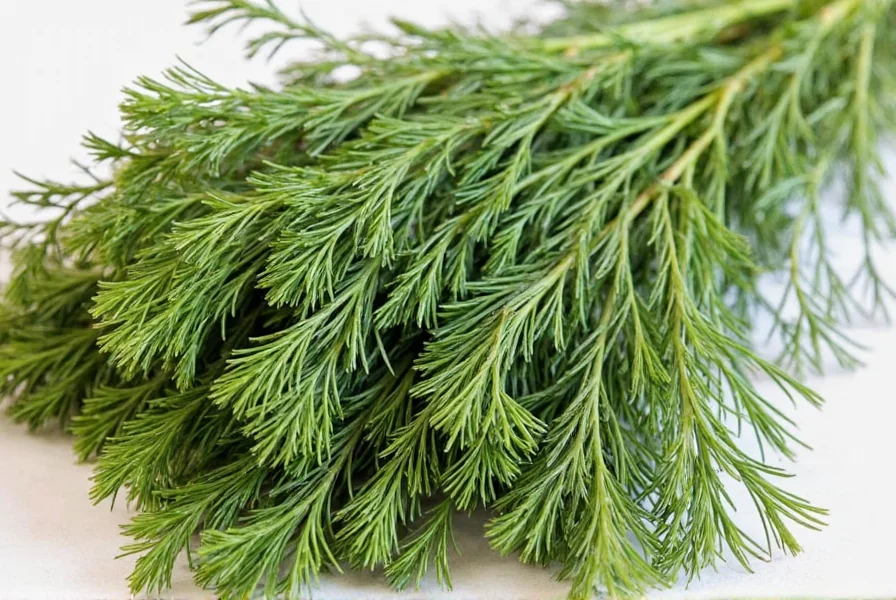
Flavor Profile of Dried Dill
Dried dill carries earthy, grassy notes with subtle hints of lemon and anise. It's less intense than fresh dill, making it ideal for recipes where you want a background herbal touch rather than a punch of flavor.
| Flavor Notes | Description |
|---|---|
| Earthy | Mild soil-like base with gentle depth |
| Grassy | Faintly green and leafy aroma |
| Citrusy (Lemon) | Subtle brightness that complements seafood |
| Anise-like | Faint licorice undertones that enhance pickling blends |
Fresh vs. Dried Dill: The Great Debate
Choosing between fresh and dried dill depends on your cooking needs and convenience.
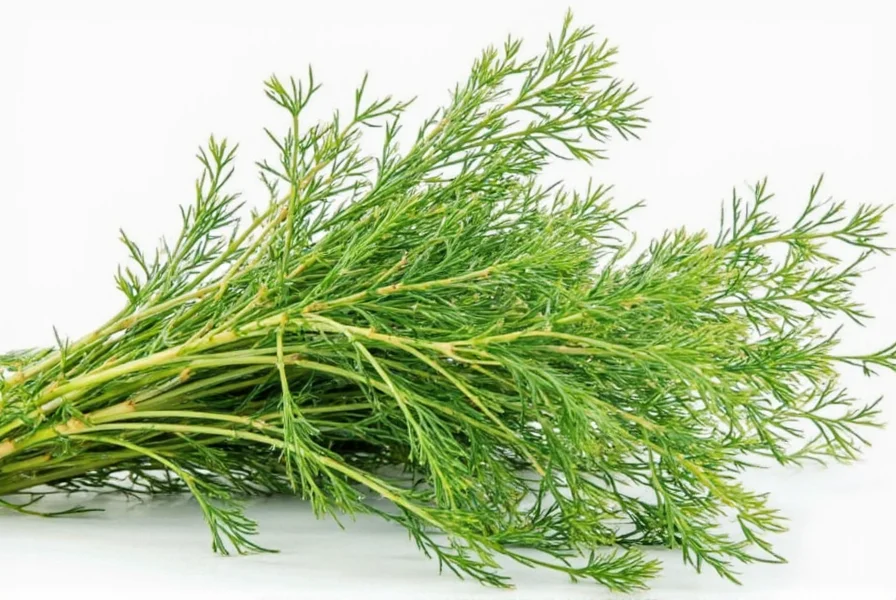
| Characteristic | Fresh Dill | Dried Dill |
|---|---|---|
| Flavor Intensity | Bold and vibrant | Subtle and mellow |
| Best For | Garnishing, finishing touches | Cooking, blending into sauces/spice mixes |
| Shelf Life | Short (3–5 days refrigerated) | Long (up to 2–3 years) |
| Texture | Soft and leafy | Crispy and crumbly |
How to Cook with Dried Dill Like a Pro
Dried dill might be quieter in flavor, but it's a powerhouse when used correctly. Here are practical tips to maximize its potential:
- Pickles & Ferments: Add a teaspoon to brines for tangy pickled cucumbers or fermented veggies.
- Salad Dressings: Mix into creamy dressings like ranch or yogurt-based dips.
- Fish & Seafood: Sprinkle into baked fish rubs or salmon glazes.
- Egg Dishes: Stir into scrambled eggs, omelets, or deviled egg fillings.
- Bread & Baking: Incorporate into bread dough or savory scones for an aromatic twist.
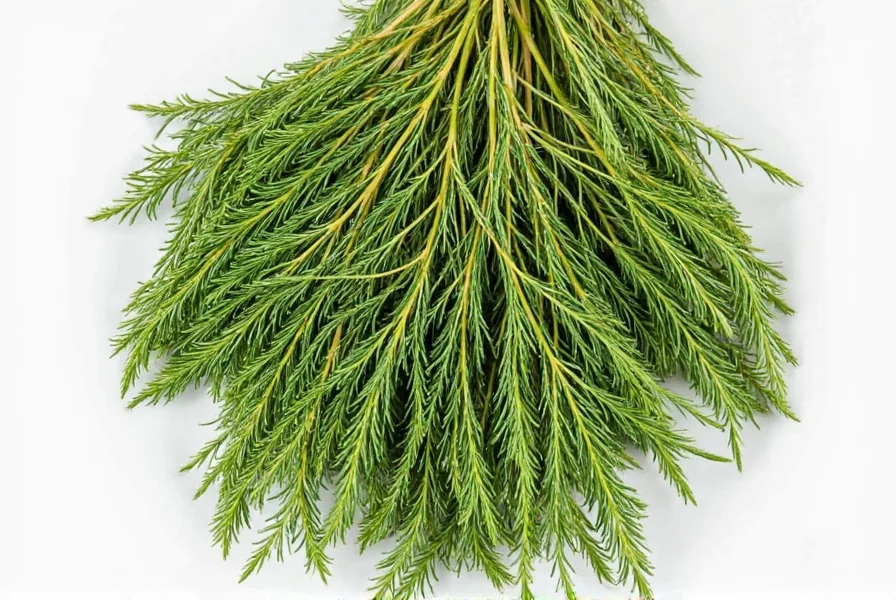
Pro Tip:
Because dried dill is less potent than fresh, use about 1.5 times the amount called for in fresh dill to compensate for the muted flavor.
Buying Guide: How to Choose the Best Dried Dill
Not all dried dill is created equal. Here's how to find quality products that pack flavor without filler.
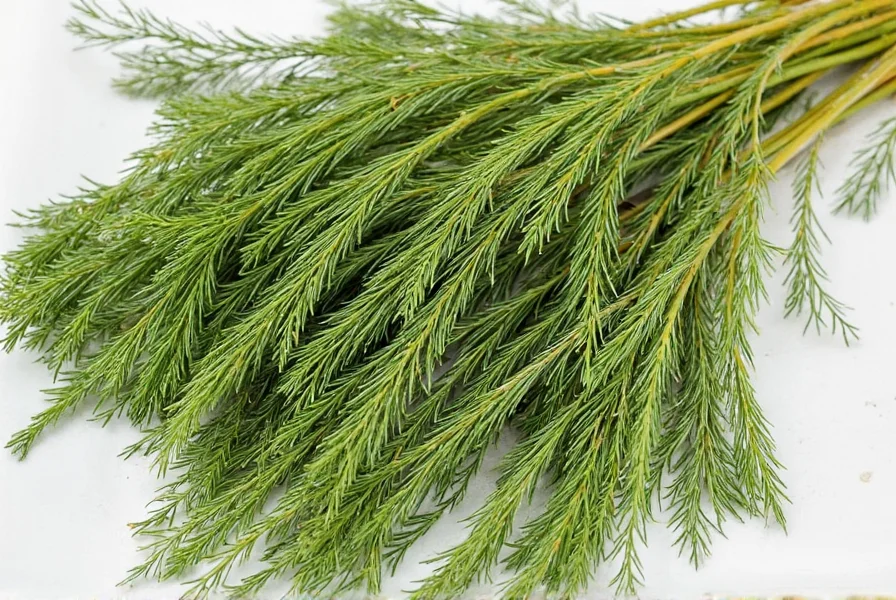
Things to Look For:
- Whole Leaf vs. Ground: Whole leaf dill retains more flavor and color. Ground dill is convenient but loses potency faster.
- Organic Certification: Opt for certified organic options if avoiding pesticides is important to you.
- Aroma: Smell the bottle before buying — strong, fresh scent = better quality.
- Brand Reputation: Stick with trusted brands known for quality spices like McCormick, Simply Organic, or Frontier Co-op.
| Product | Features | Best For | Occasion |
|---|---|---|---|
| McCormick Culinary Dried Dill | Pure whole leaves, no additives, long shelf life | Commercial kitchens and home cooks | Daily cooking, especially pickling |
| Frontier Co-op Organic Dried Dill | Organically grown, ethically sourced | Health-conscious users | Smoothies, dips, light seasonings |
| Simply Organic Dried Dill Leaves | USDA organic, non-GMO | Eco-friendly kitchens | Baked goods, veggie dishes |
| Spice Islands Dried Dill | Consistently flavorful, affordable | Beginner cooks and families | Soups, stews, casseroles |
FAQs About Dried Dill
Final Thoughts
Dried dill isn't just a dusty shelf item; it's a versatile and valuable spice that deserves a spot in every kitchen. Whether you're whipping up homemade pickles, seasoning grilled fish, or spicing up a dip, dried dill can quietly elevate your dish without overpowering it.
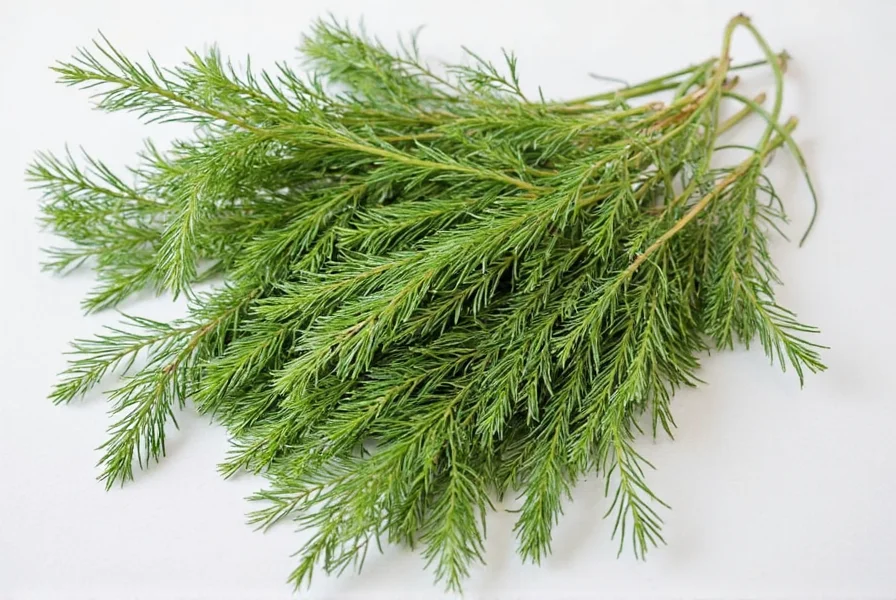
With this guide, you now have the tools to choose, store, and use dried dill confidently. So next time you see that little bottle in the spice rack, don't overlook it — grab it and let it work its magic!

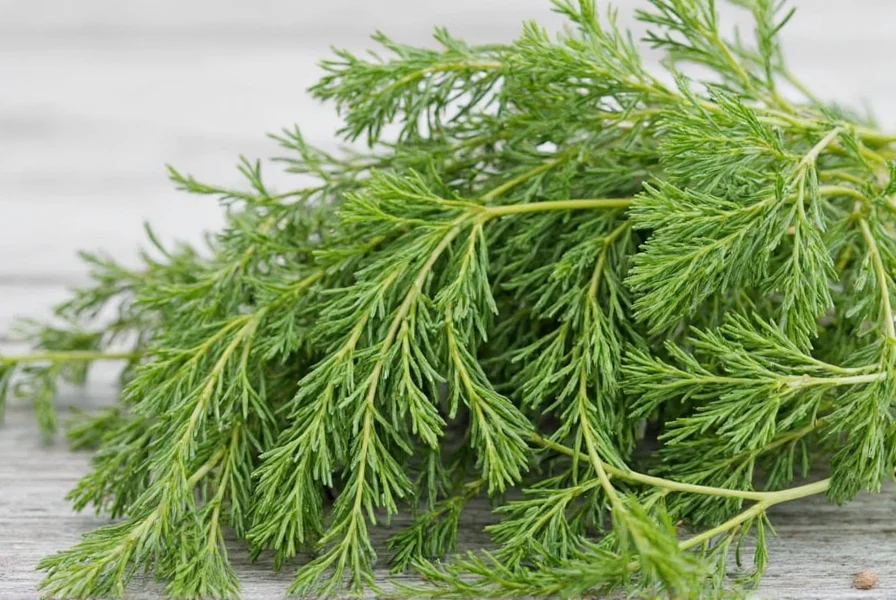









 浙公网安备
33010002000092号
浙公网安备
33010002000092号 浙B2-20120091-4
浙B2-20120091-4